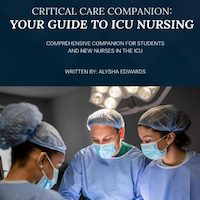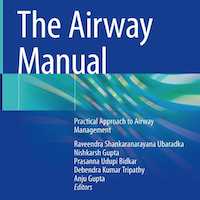Stories Category: Intensive Care
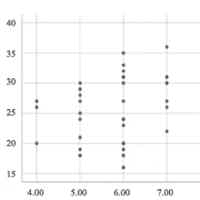
The Value of Echocardiography Combined with Lung Ultrasound to Evaluate COVID-19 Pneumonia
In COVID-19 pneumonia patients, the pulmonary arterial pressure and LUS are positively correlated. For those who are unable to be transferred or relocated, the pulmonary arterial pressure may be measured to reflect the degree... read more
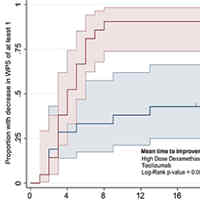
High-Dose Dexamethasone vs. Tocilizumab in COVID-19 Pneumonia
Our study findings discourage the use of high doses of dexamethasone in the management of moderate to severe COVID-19 ARDS. The routine use of such high doses to mitigate the inflammatory cytokine storm in these patients... read more

Physiological Assessment of Delirium Severity: The Electroencephalographic Confusion Assessment Method Severity Score
The Electroencephalographic Confusion Assessment Method Severity Score (E-CAM-S) is an automated, physiologic measure of delirium severity that predicts clinical outcomes with a level of performance comparable to conventional... read more
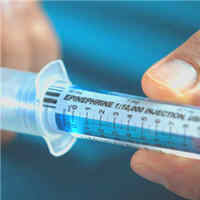
Peri-arrest Bolus Epinephrine Practices Amongst Pediatric Resuscitation Experts
In this multinational survey of pediatric resuscitation experts, endorsement of peri-arrest bolus epinephrine use was nearly universal, though a few clinicians cited lack of evidence to support this practice. There was... read more
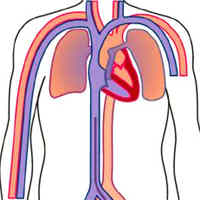
Bivalirudin vs. Heparin for Maintenance Systemic Anticoagulation During ECMO
When compared with heparin-based systemic anticoagulation, bivalirudin demonstrated feasibility and safety as established by the absence of increases in identifiable adverse outcomes while manifesting substantial improvements... read more
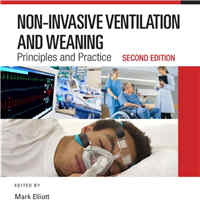
Non-Invasive Ventilation and Weaning: Principles and Practice, Second Edition
Now in full-colour, this eagerly-anticipated second edition continues to be the most comprehensive resource available on non-invasive ventilation (NIV), both in the hospital and at home. Reflecting a global perspective with... read more
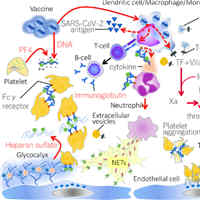
Recognizing Vaccine-Induced Immune Thrombotic Thrombocytopenia
Vaccine-induced immune thrombotic thrombocytopenia is a serious complication of vaccination that is not feasible to anticipate or prevent. When the patient presents with sustained headache, neurologic symptoms/signs,... read more
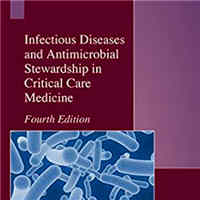
Infectious Diseases and Antimicrobial Stewardship in Critical Care Medicine
Infectious Diseases and Antimicrobial Stewardship in Critical Care Medicine 4E has been fully updated and revised. The clinical diagnostic approach to common infectious disease problems in the CCU is the underlying theme... read more
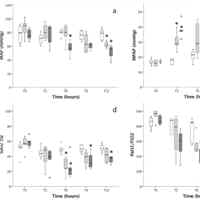
Plasma Hyaluronan, Hyaluronidase Activity and Endogenous Hyaluronidase Inhibition in Sepsis
Elevated plasma hyaluronan levels coincided with a concomitant decrease in effective plasma HYAL activity and increase of endogenous plasma HYAL inhibition both in experimental and clinical sepsis. In acute pancreatitis,... read more
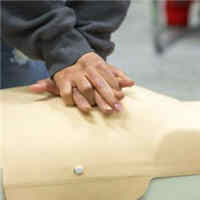
New Resuscitation Guidance for Patients with COVID-19
In response to the COVID-19 pandemic, the American Heart Association and collaborating organizations, including the American Academy of Pediatrics, the American Association for Respiratory Care, the Society of Critical Care... read more

Cardiac Anesthesia: The Basics of Evaluation and Management
This concise book meets the market need for an accessible and up-to-date guide on understanding and managing cardiac anesthesia patients. It reflects the continual evolution of the very complex field of cardiac anesthesia.... read more
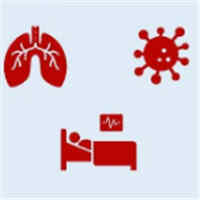
Inhaled Corticosteroid Use on COVID-19 Outcomes Among Hospitalized Adult Asthmatics
While our findings confirm trends observed by others with respect to risk factors among asthmatics with COVID-19, differences based on sex, ethnicity and ICS use in asthmatics were observed. Our finding that ICS use was associated... read more
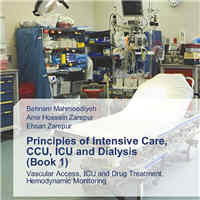
Principles of Intensive Care, CCU, ICU and Dialysis (Book 1): Vascular Access, ICU and Drug Treatment, Hemodynamic Monitoring
Anesthesia and intensive care are one of the most important disciplines in medical, paramedical and nursing sciences and requires spending attention, time, gaining enough information and experience to be able to evaluate... read more
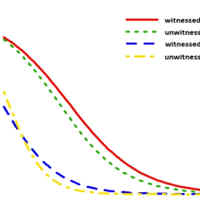
Optimal CPR Duration for Favorable Neurological Outcomes After OHCA
A favorable neurological outcome is closely related to patient characteristics and total cardiopulmonary resuscitation (CPR) duration. The total CPR duration consists of pre-hospital and in-hospital durations. To... read more
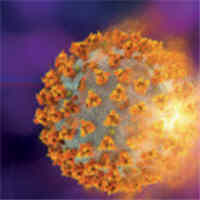
The Role of Antiviral Treatment in the COVID-19 Pandemic
US Food and Drug Administration (FDA) issued an emergency use authorisation for Pfizer's COVID-19 antiviral, Paxlovid few weeks ago. Trial results released by the manufacturer indicate that the drug cuts the risk of hospitalisation... read more
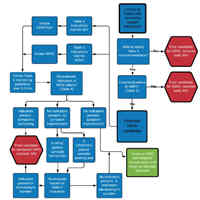
Noninvasive Respiratory Support for COVID-19 Patients: When, for Whom, and How?
The significant mortality rate and prolonged ventilator days associated with invasive mechanical ventilation (IMV) in patients with severe COVID-19 have incited a debate surrounding the use of noninvasive respiratory support... read more

WHO Recommends Two New Drugs for COVID-19 Treatment
WHO has recommended two new drugs for COVID-19, providing yet more options for treating the disease. The extent to which these medicines will save lives depends on how widely available and affordable they will be. The... read more


